
The first time I saw Lulu Lytle she was delivering the Best Man’s speech at Ben Pentreath’s wedding supper in a very beautiful hat. I didn’t know a great deal then about Soane Britain, the decorating company that produces exquisite textiles and wallpapers, new craftsmen-made and bespoke designs and others inspired by the quality and longevity of the best British-made antiques. Lulu was its co-founder in 1997, entering into a conspiracy of excellence with Christopher Hodsoll. She tells us something of this here, beginning with her childhood as the determined animal-loving youngest of four girls and then as a student of Egyptology and a postgraduate at the fountain of knowledge that was the old Portobello Road…
~ NOW READ ON ~
These have been very long days sitting at my makeshift desk (3 Nigerian batiks draped over a folding picnic table) writing endless emails and communicating on zoom.
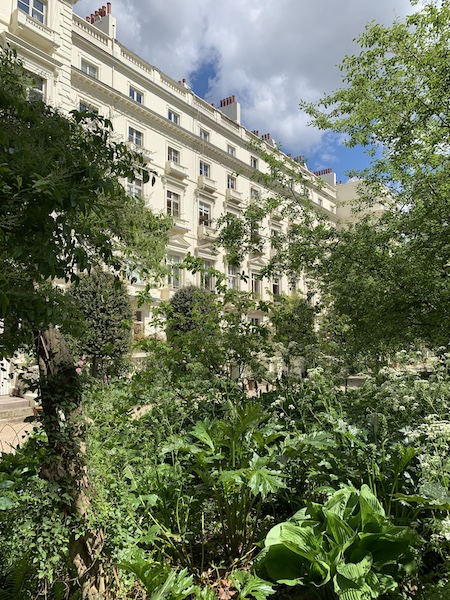
I am in Cleveland Square in Bayswater where I have lived for 20 years, moving here with my husband Charlie when I was pregnant with our eldest child, Tom. On first discovering the square I was completely smitten by the grandeur of the generously glazed, white stucco houses overlooking a rather lovely, shabby communal garden. The most prized flats are on the lower floors but were beyond our financial reach (my long suffering bank manager, implored me in my early twenties not to view my overdraft limit as a target) so we were lucky to find a 4th floor lateral conversion in need of radical remodelling, having been bedsits since the 70’s. These would have been staff quarters in the 1850’s and have no architectural details worthy of keeping. But our elevated position does give us extraordinary views over the communal garden and one side of the flat is flooded with my favourite morning light. When the vast London plane trees are in full leaf I feel as if I am living in a tree house.
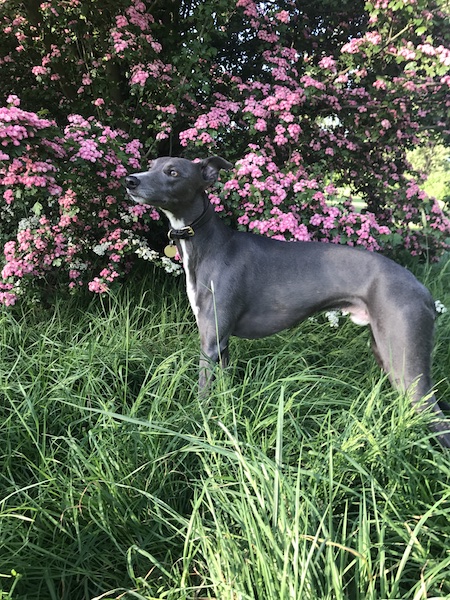
Long daily walks with my whippet, Panther, have enabled me to discover untouched corners of Hyde Park and Kensington Gardens (which I had thought I knew inside out) looking at their most glorious.

Despite the huge uncertainty of the last few weeks and the havoc being wreaked, I have found solace in books, photographs and favourite things (I do include my family in that!) and I have relished the extra time at home to linger with pictures and objects and really think about where they came from. Many of the nicest memories are bound up with Saturdays at Portobello Market where I have been going since I first moved to London aged 19. Conversations with dealers were an informal education; with David Levi on treen, Derek Greengrass on ivory, Bill ’the knife’ Brown (THE great authority on cutlery), Fergus Downey on ceramics, Roger Kent on early metalware, the list goes on, all opening my eyes to the true meaning of craftsmanship. These conversations were sandwiched between dawn cups of coffee and late lunches in Edric Van Vredenburgh’s sublime flat on Portobello Road where you never knew whom you might sit next to.
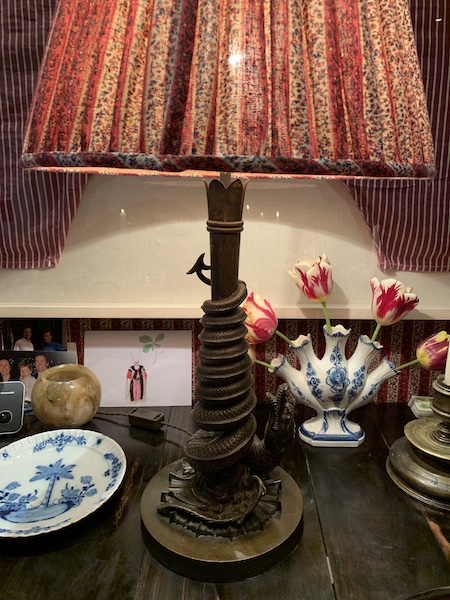
The person to whom I undoubtedly owe the most for my education in the history of interiors is the scale-obsessed aesthete, Peter Twining (or the ‘Willesden Wonder’ as his old friend Christopher Gibbs affectionately called him). His legendary antique shop on the King’s Road in the 60’s and early 70’s is amongst the shops and galleries I most wish I had seen. I could fill a small book with Peter’s quotes about everything from Jeremy Corbyn and Ronald Firbank novels (he likes) to sausages, “they drive me absolutely bananas” and Charles X furniture (he loves) to religion and Rembrandt, “dull, dull, dull”.
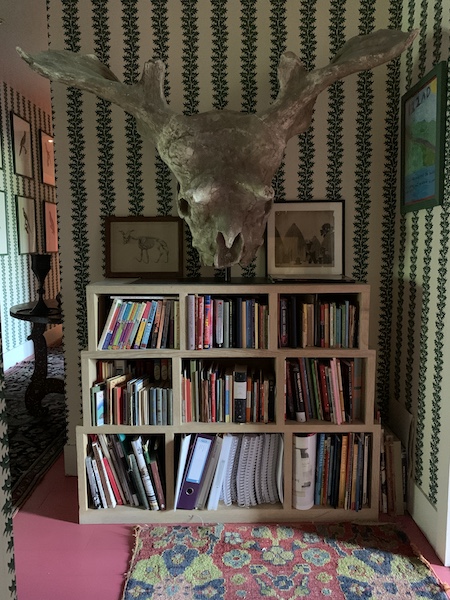
Hall. I have been an incurable hoarder all my life, as a child amassing stashes of postcards, stickers and wine labels painstakingly steamed off the copious empty bottles so assiduously supplied to me by my parents. The list of collected things goes on, all kept in piles everywhere. Books are probably my greatest extravagance and new shelves are being added all the time. This oak ziggurat bookcase was made to support a madly heavy 19th century museum cast of a prehistoric giraffe.
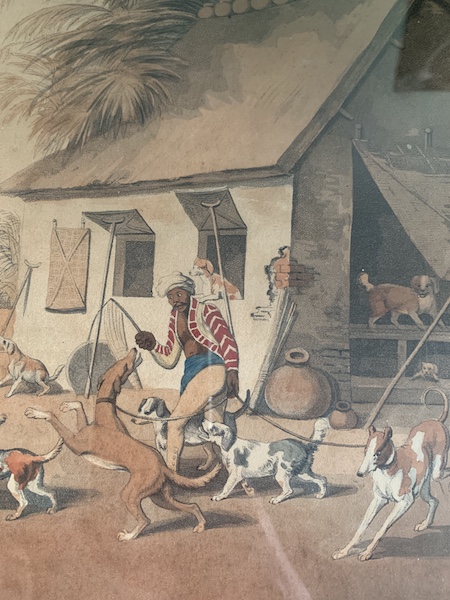
Representations of animals abound. Were I to live in the country, I could feed my animal-mania by surrounding myself with the real thing, however a 4th floor flat denies me the chance hence the proliferation of animals, painted, sculpted, photographed and stuffed!
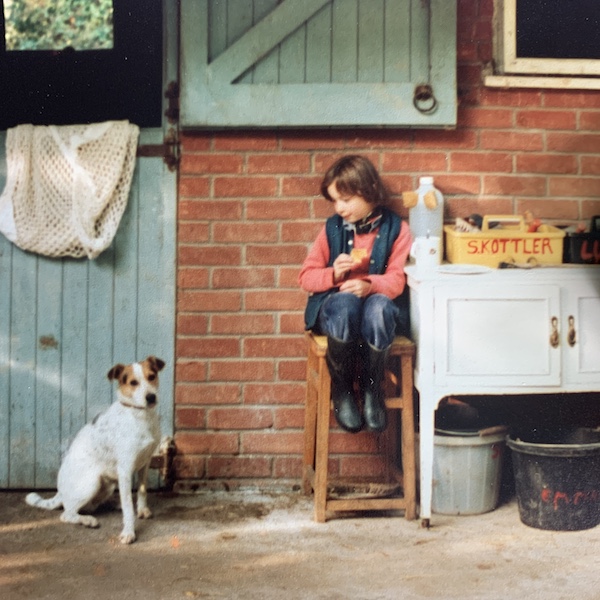
Anything animal related has always appealed to me. I had an ongoing correspondence as a child with an unfortunate secretary in Margaret Thatcher’s office, tasked with replying to letters like mine brimming with dubious advice on how to punish perpetrators of animal cruelty.
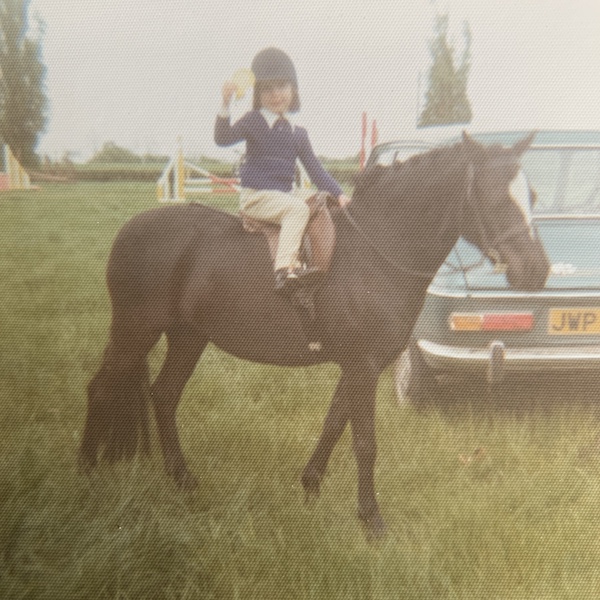
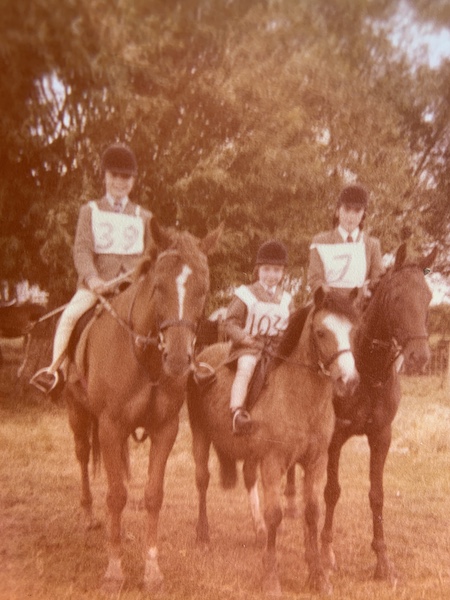
The youngest of four daughters, growing up in Worcestershire, ponies ruled our lives, with dogs, cats, cattle, guinea pigs, tortoises, jackdaws and racing pigeons all in supporting roles.
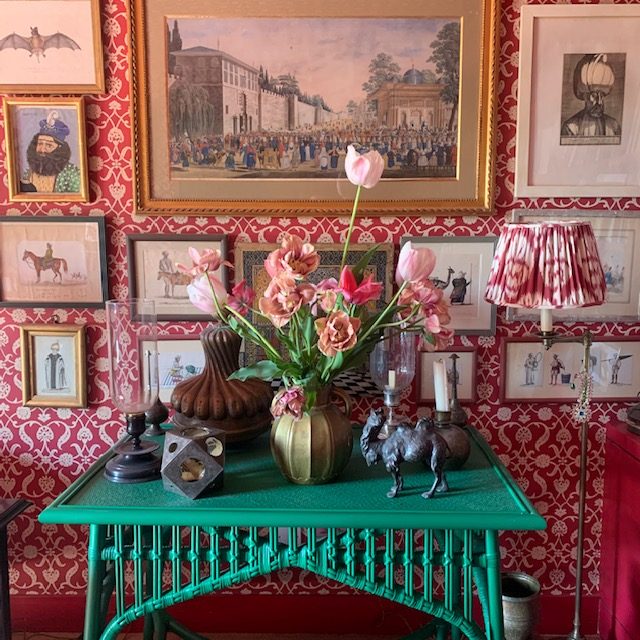
Den. A surfeit of time spent on damp British riverbanks as a child might account for my growing wanderlust as a teenager, yearning for the intoxicating combination of all things opulent and eastern and led me to study Egyptology at university where I was lucky enough to be taught by the brilliant Harry Smith who excavated the Sacred Animal Necropolis at Saqqara.
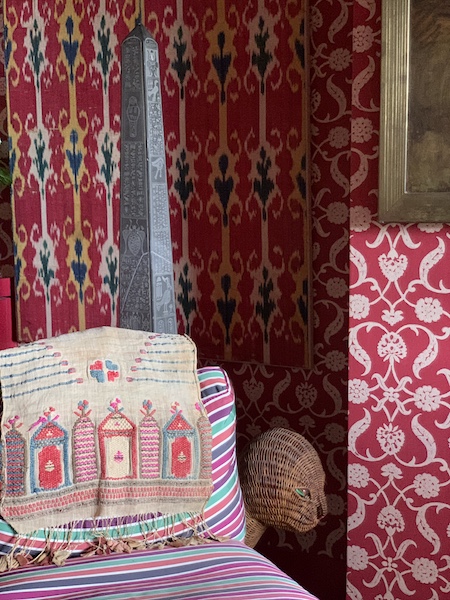
The pictures and textiles in our den have all been gathered to create my own oriental dream; Islamic textiles, extravagantly shaped turban incensers, Tibetan temple trumpets, paintings of Bashi Bazouks and maps of the pilgrimage to Mecca. A glorious striped kelim which I bought 20 years ago from Peter Hinwood unites the disparate things in this room and makes them all sing.
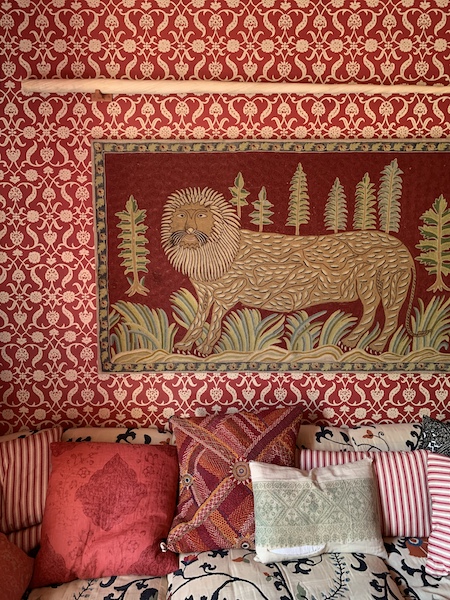
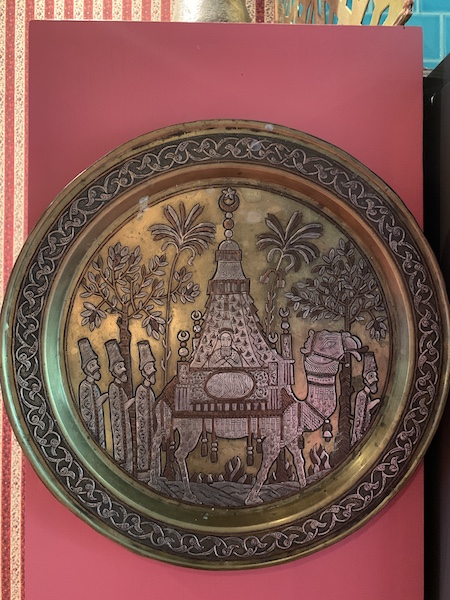
Peter, whose homes are treasure filled and bewitching kaleidoscopes, has always been incredibly generous with his time and judgement and very kindly alerts me to camels in remote auction houses.
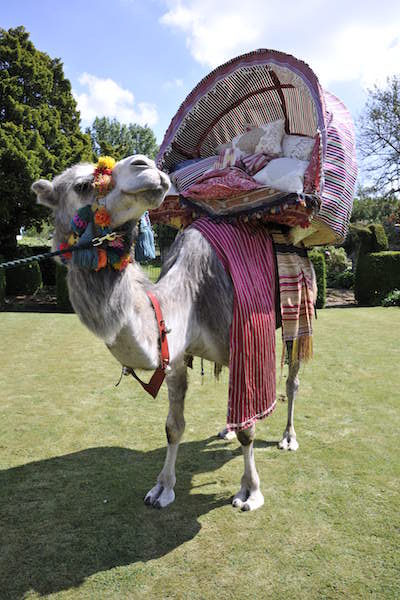
I suspect my love of all camels, (Bactrians trump dromedaries for me), ties in with my fascination for the silk route,
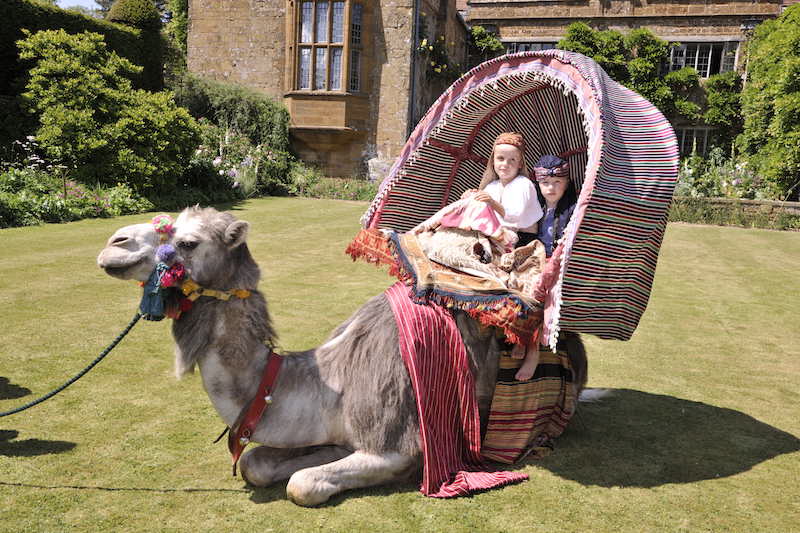
I have collected all things camel for as long as I can remember and Camel Blues were the only choice when the moment came in a newsagents in Rugby.
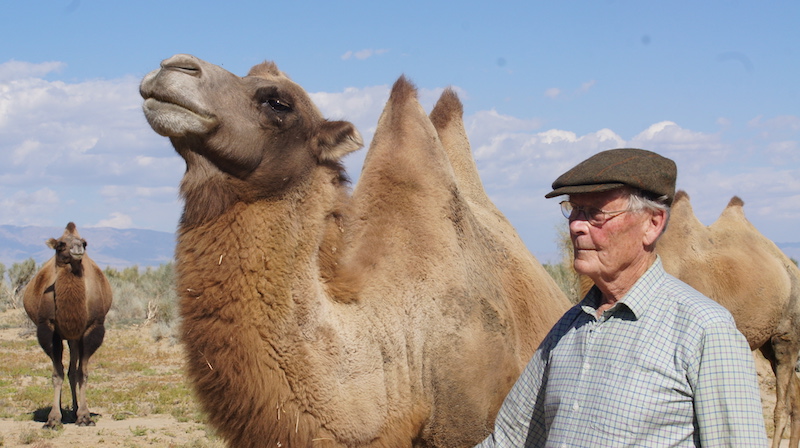
Fifteen years ago a friend kindly sent me an article from The Field about John Hare, who, having made several expeditions into the Gobi desert in Mongolia and China and discovering the plight of the critically endangered wild camel, had founded The Wild Camel Protection Foundation.

Happy to have found a fellow camel lover, John answered my fan mail and we arranged to meet at The Travellers Club on Pall Mall. This was the beginning of the most joyful friendship which in time led to a hilarious adventure in the Gobi with John and my sister Emma, to see one of the two breeding centres he has established there.
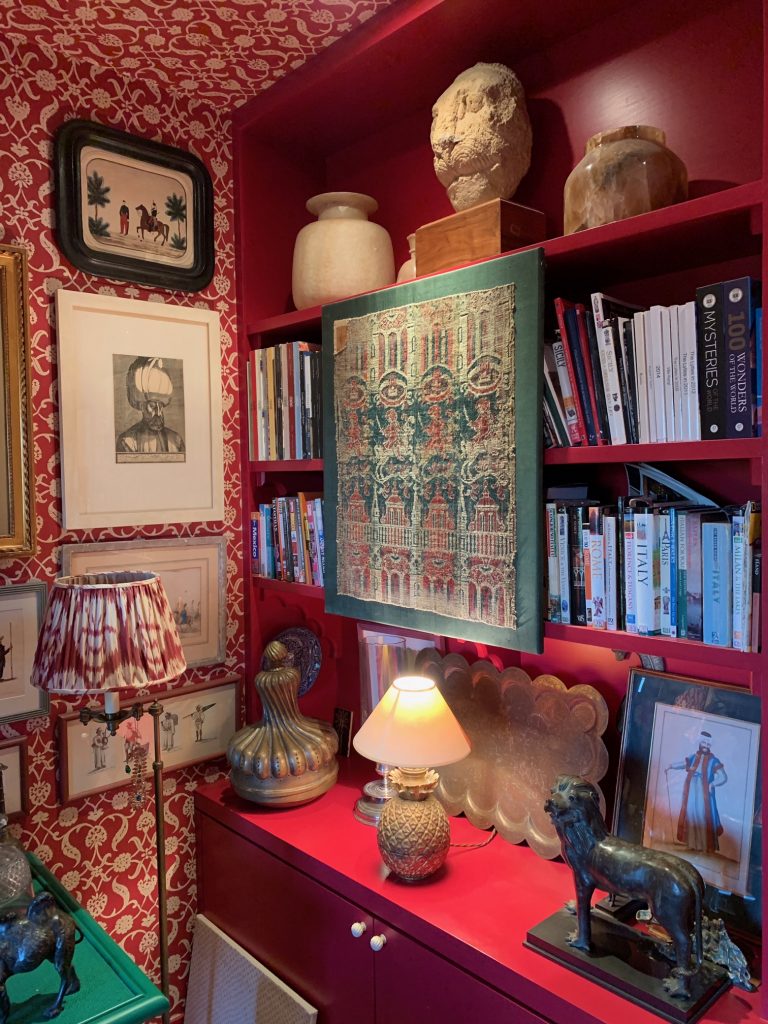
A textile I particularly treasure is this late 17th century velours d’Utrecht, an
architectural fantasy with fountains and a man riding a plumed horse brandishing a sabre
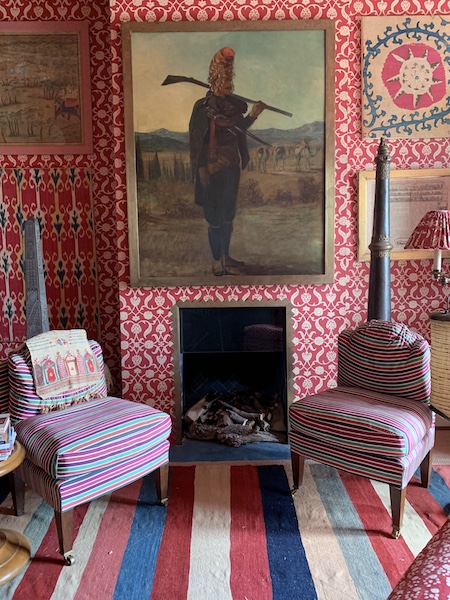
The painting of a Bashi Bazouk came from George Sherlock via Peter Twining who originally found it
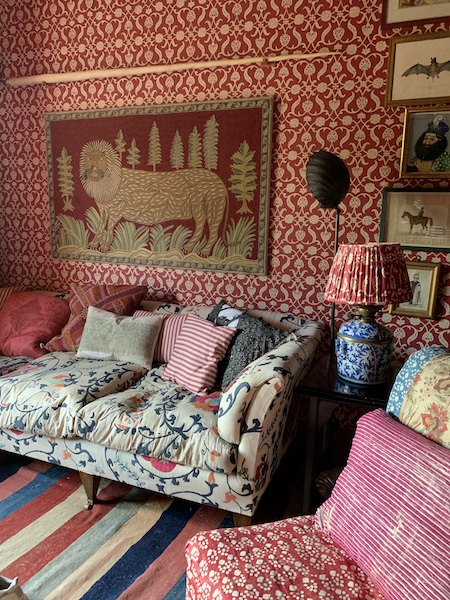
The extra large Bunny sofa was made by one of our workshops so that we can all squeeze comfortably onto it together to watch telly,
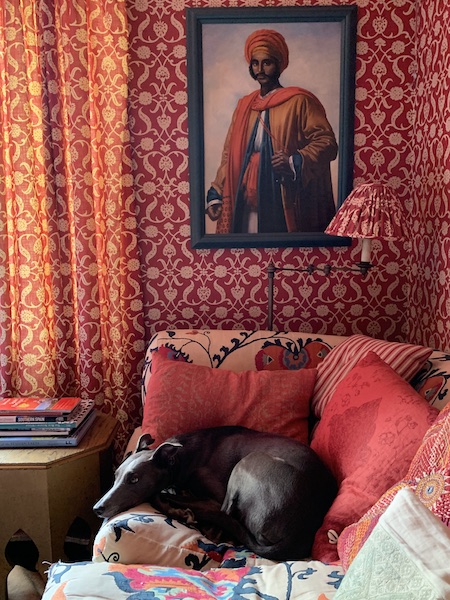
although on the rare occasions when I do watch a film it’s usually just me and Panther watching a Visconti movie that no one else wants to see.
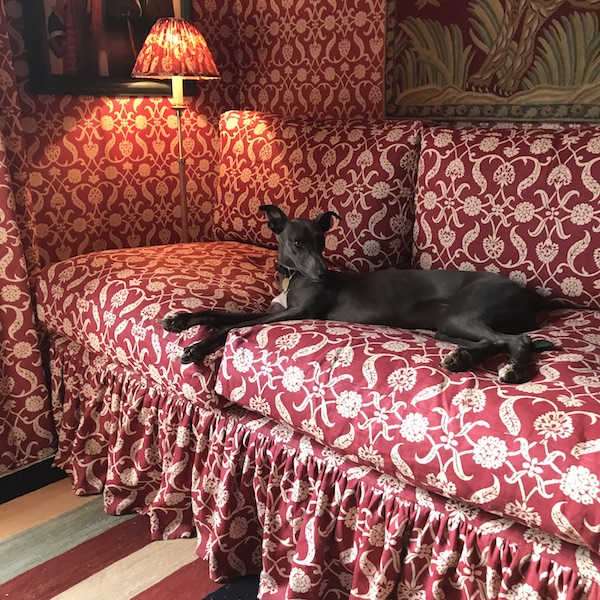
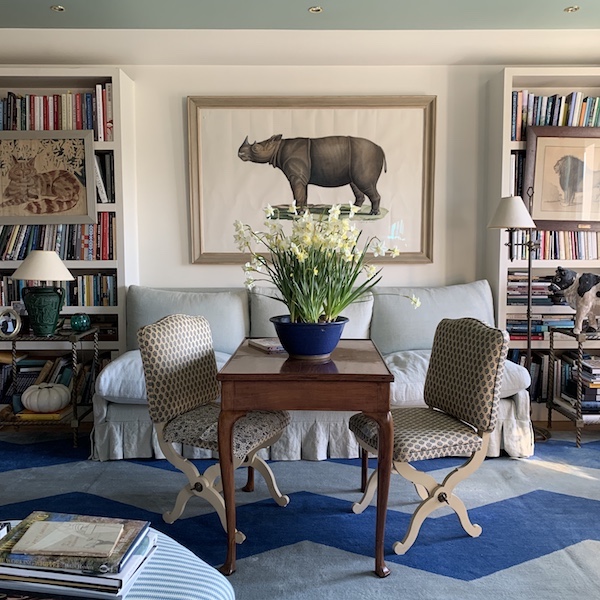
Sitting Room. With the accumulation of children and books this room has had myriad uses as Tom, Bunny and Xan have grown up. Due to lack of wall space pictures hang over shelves which is rather maddening as I spend my ife removing them to find books.Tom, our cricket obsessed eldest, spent years practising some of his more nuanced shots by aiming to avoid the paintings in this room.
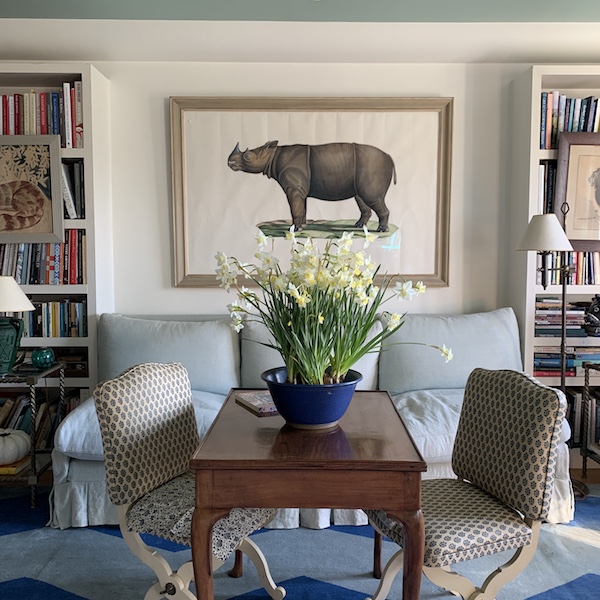
There were some minor casualties…including this 19th century watercolour of a rhinoceros, after the French naturalist and zoologist Georges Cuvier, and bought from dealer James Mcwhirter. We all love backgammon, played endlessly on this 18th century games table from Andrew Secombe
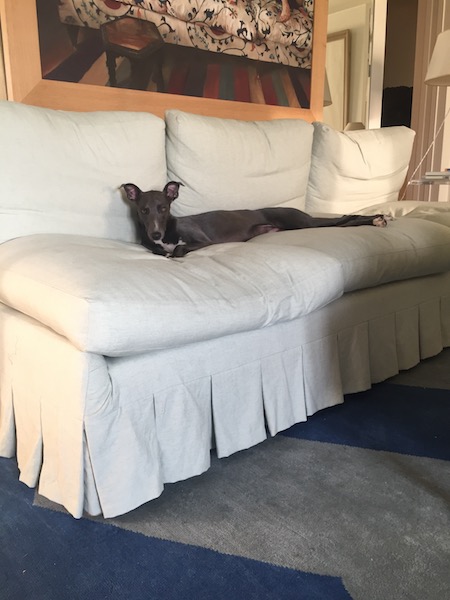
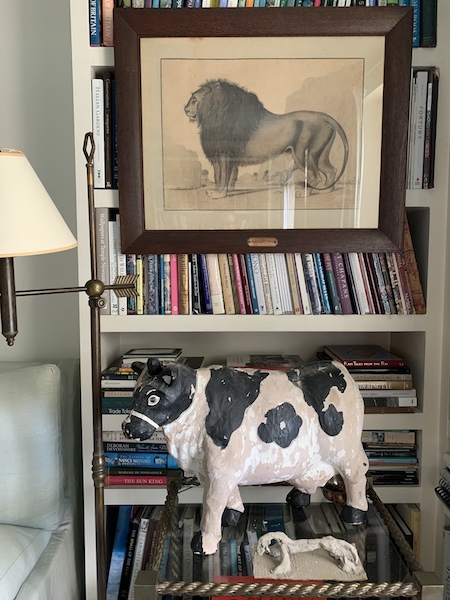
A drawing of a lion, labelled Orange William (from Valerie Arieta whose shop on Ken Church Street was always a favourite haunt)
hangs above a paper cache cow from France
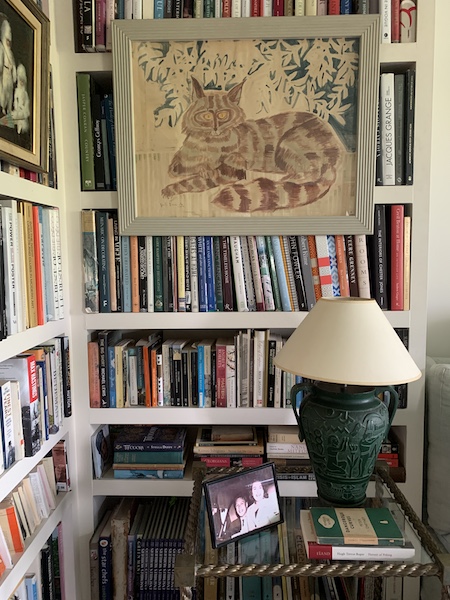
A watercolour of a cross eyed tabby cat which I bought at Kempton hangs above an electrified Egyptomania jar.
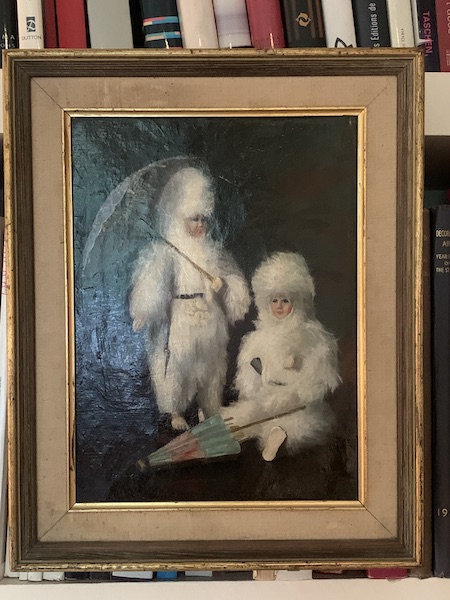
This small oil from The Lacy Gallery is not the sort of thing I am normally drawn to, verging on the saccharine. However its mad combination of paper parasols, palms (I’m crazy for palm trees) and caribou onesies lured me in. It retained its original tattered label saying ‘Two Eskimo children, Zinkeisen’ By extraordinary coincidence, shortly after finding it a friend came to stay, the talented portrait painter Charlotte Johnstone. She saw this picture hanging on my bookcase and exclaimed that it must be a painting of either her father and her aunt, or two aunts, as she remembered these Eskimo costumes in her dressing up box as a child. She was right as she discovered when she saw the label on the reverse, her grandmother was Doris Zinkeisen.
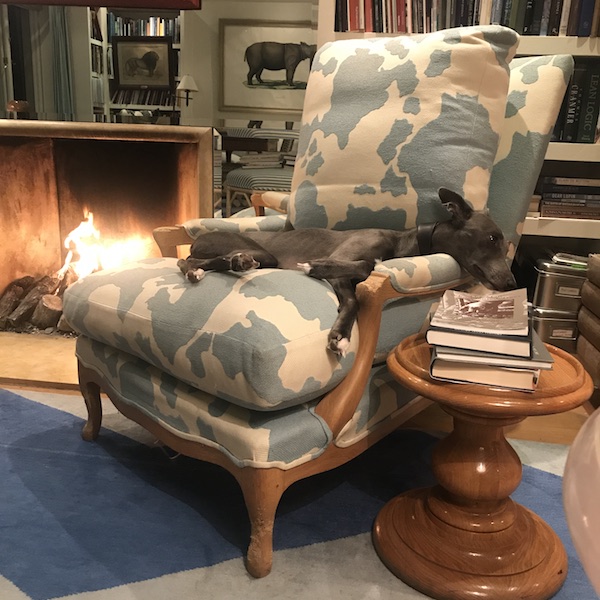
The rug, in a Chevron design drawn by Peter Twining and made by Veedon Fleece’s Nepalese Workshops, was one of the most transformative additions to this room. A pair of Bergeres, copies of the marvellous Syrie Maugham model which I buy when I can at auction and have copied for Soane, flank the chimney.
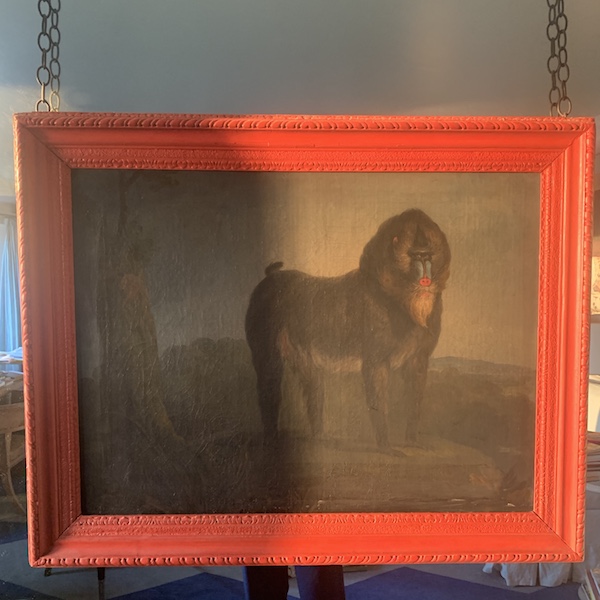
Hanging on the chimney is an 18th Century painting of a Mandrill (by Martin Ferdinand Quadal) which I bought from Robert Barley who always had the most brilliant stands at Olympia. My family roll their eyes when I say that my first sighting of the mandrill winded me but it really was love at first sight for me, (I’m less sure about him!) I subsequently discovered it had come from the collection of Arthur Jeffress whose legendary shop on Davies Street is another I would have loved to see.
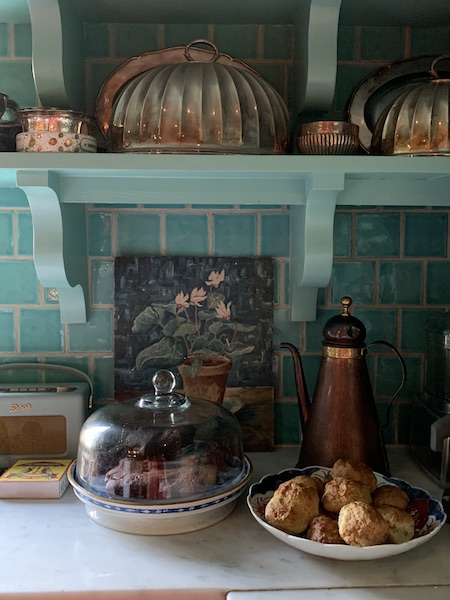
Kitchen. The kitchen’s design started with some green blue tiles I had fallen for at Worlds End Tiles. I had been collecting old Sheffield plate and copper vessels of all shapes and sizes for some time which I was keen to not to hide away but look at every day hence the open shelves. I had then, and still have, an irrational loathing of eye level cupboards which I appreciate is counter intuitive for a hoarder.
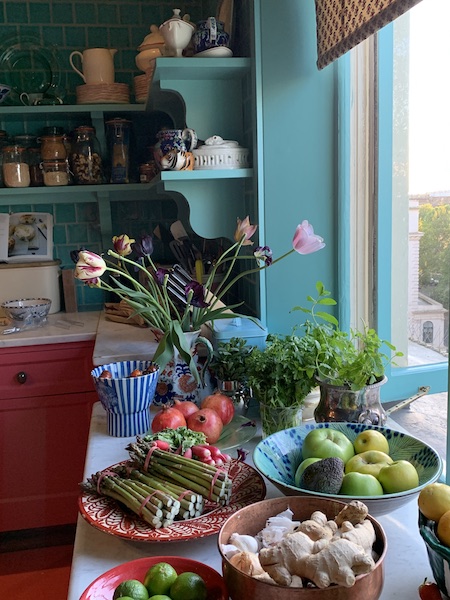
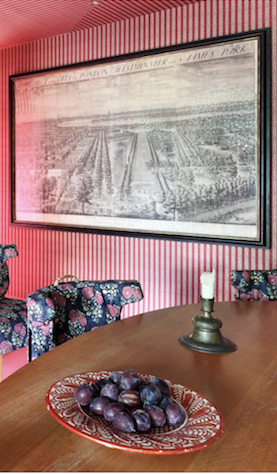
For someone with absolutely no sense of direction (as a teenager I navigated my incredulous father to the wrong side of a causeway adding 2 hours to our journey, not recognising the blue line as water that might not have a bridge) it is odd that I should be so drawn to maps. This perspective of London done by Dutch born Kip in 1720 from the roof of Buckingham House, came from the extraordinary Chatsworth attic sale in 2010. Dining chairs made by Soane are based on a 1940’s model from Piers Westenholz from whom some of my all time favourite things have come. They have been remarkably resilient over 2 decades of daily use, with the goatskin morphing mellifluously from a pale caramel (what on earth was I thinking with small children?) to a deep nutty tan. I rather love the loose covers made from a copy of a 19th century Turkish voile but am overruled by all the others so they are rarely on.
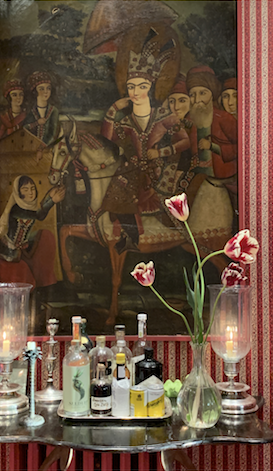
I found this 19th century Qajar painting of a prince at an auction house in northern Italy which prompted the redecoration of the kitchen, with walls and ceiling lined in our Qajar stripe, a copy of a wonderful Manchester print I bought so long ago from Clive Rogers who, amongst other things, sells marvellous Ottoman textiles
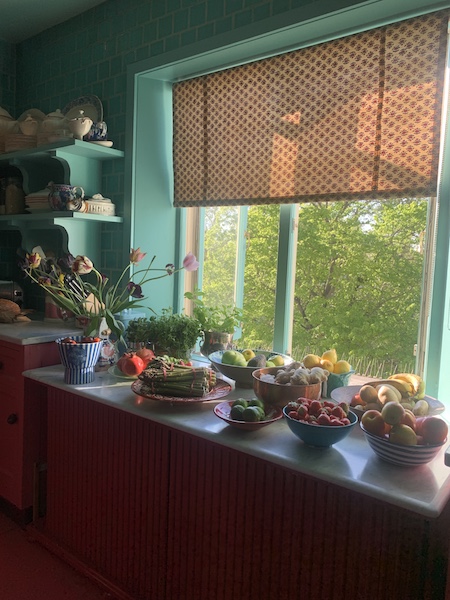
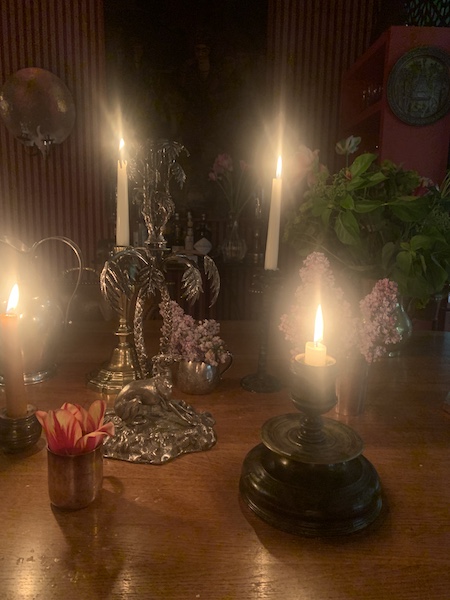
I am always drawn to old hookah bases which I use as candlesticks. Charlie was rather bewildered by my one big shopping trip ahead of lockdown. Along with catering quantities of fresh fruit and veg (which he pointed out would all be over the top within a week) I had bought 100 candles. 7 weeks later and we are down to our last 10 so I am feeling vindicated
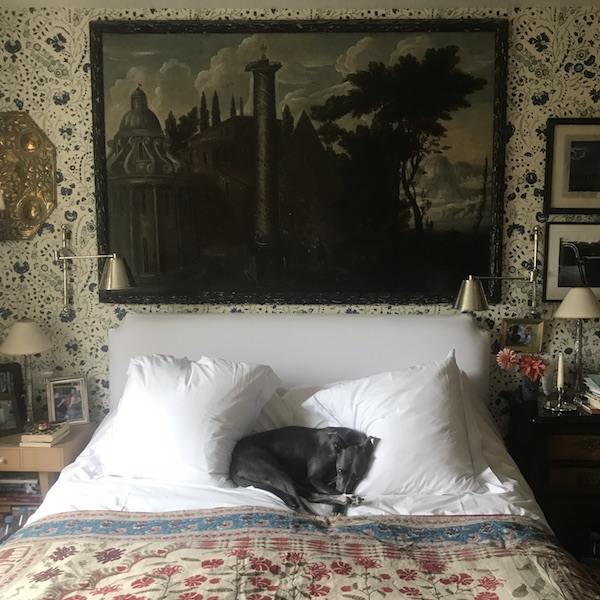
Bedroom. I fell for the 18th century capriccio in Victoria Davar’s shop on Lillie Road and study it from our bed in the reflection in the bathroom mirror. It hangs on Soane’s Dianthus Chintz wallpaper which is a faithful copy of an 18th century Indian Chintz in the collection of textile collector Karun Thakar whom I met at Portobello. We have become great friends over the last 2 decades and I have learnt more about textiles from Karun than from anyone or any number of books.
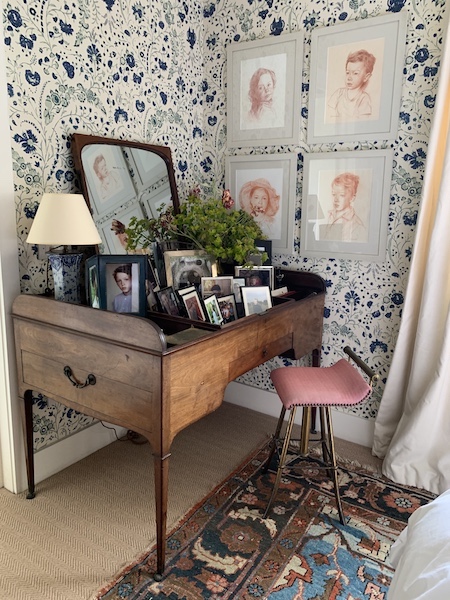
The dressing table also came from the Chatsworth sale. The red chalk drawings are all by John Edwards who drew me as a child (top left) and then thirty odd years later, Tom, Bunny and Xan.
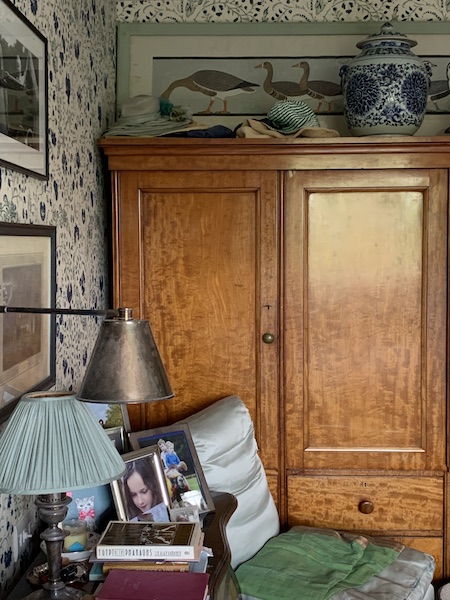
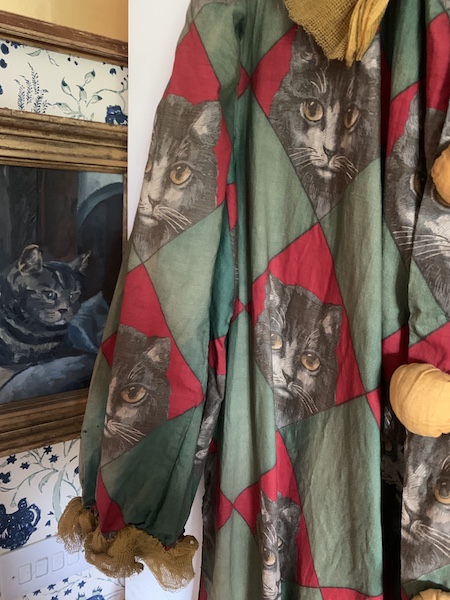
Warner Dailey is a dealer from whom I have bought some wonderfully mad things, the first being this 20’s clown suit which hangs on the back of my bedroom door.i like to think that the cats are talking to each other
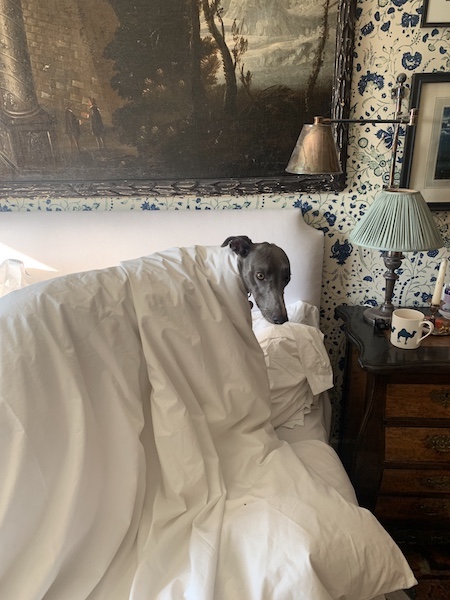

Much of my reading is done in the bath which I particularly relish in the early morning when the light floods the room
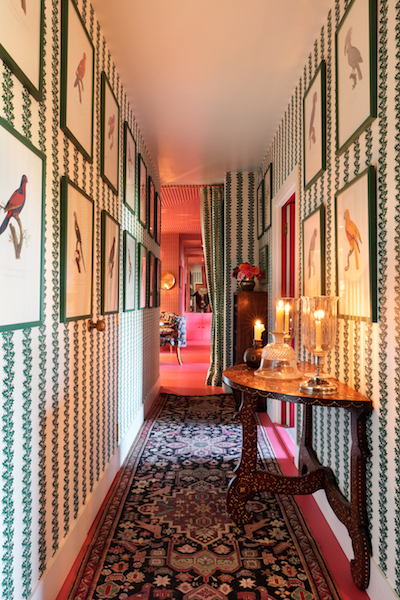
Hall. The illustrations from which these plates were made were done by Jack Barraband in the late 18th century for a full survey of parrots done by Fraancois le Valiant. They came from Alistair Mcalpine who commissioned a sumptuous, limited edition reproduction of the book.
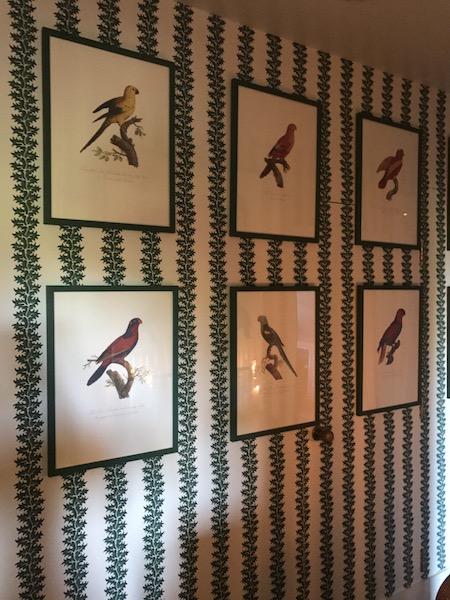
There are, I think, around 150, and I would love to have them all framed and hanging together in one room eventually. I rather like them hanging on this wallpaper which I based on an 1820’s design from an album I had bought from Potterton Books.
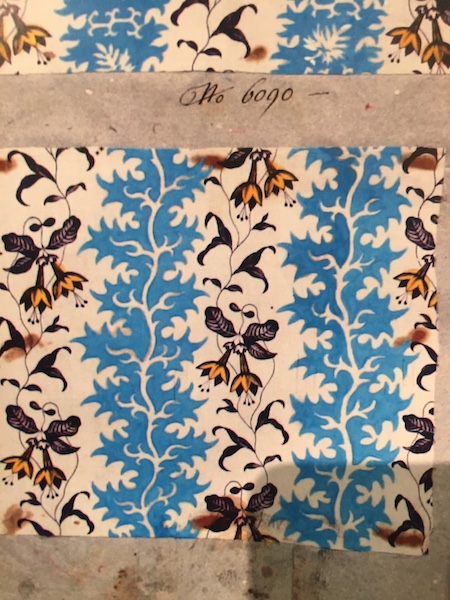
The original Osmunda design
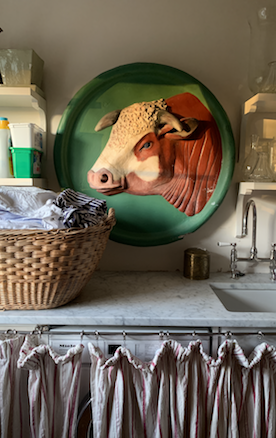
The cow was a Suffolk butcher’s shop sign and came from James Layte, another brilliant Portobello dealer.
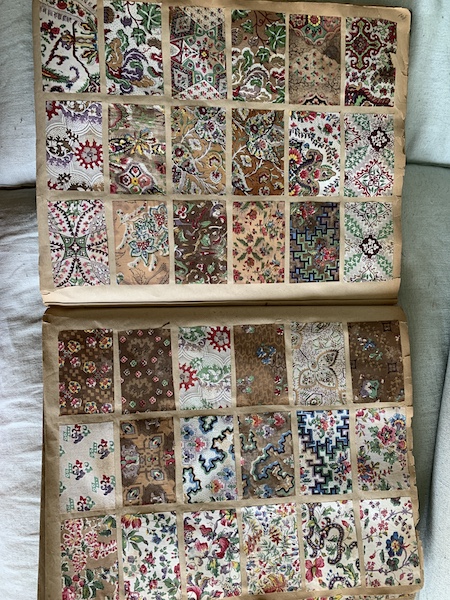
As an escape from the emails and endless phone calls I find myself repeatedly drawn to textiles, old ones and new designs we are developing, draping them over sofas, hanging them over paintings and doors and beds and ruffling them to imitate frilled skirts for chairs.
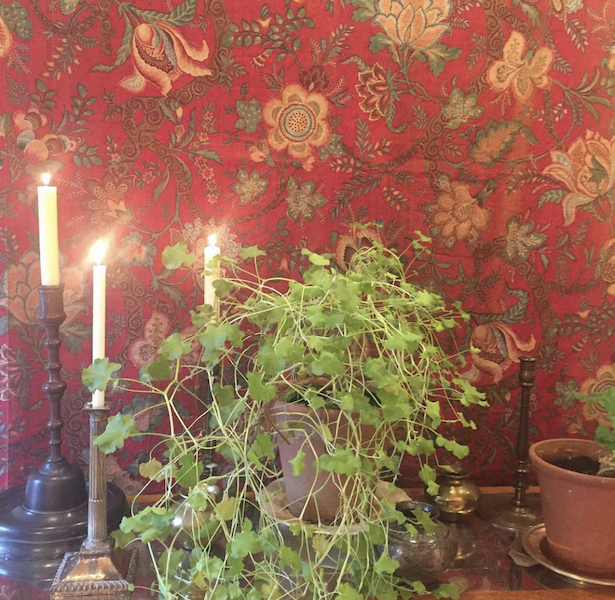
I look at them in daylight and at night, lighting candles to see how the colours change
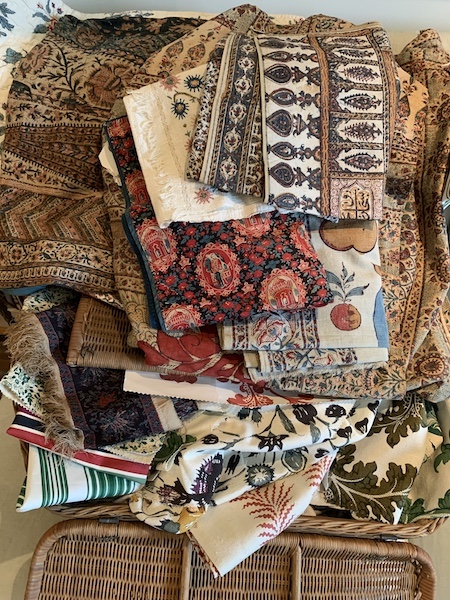
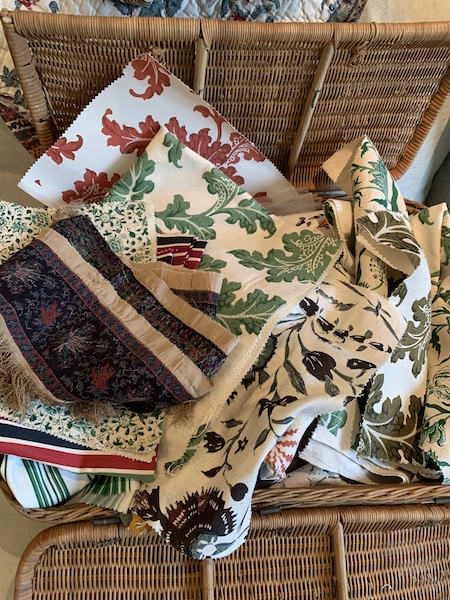
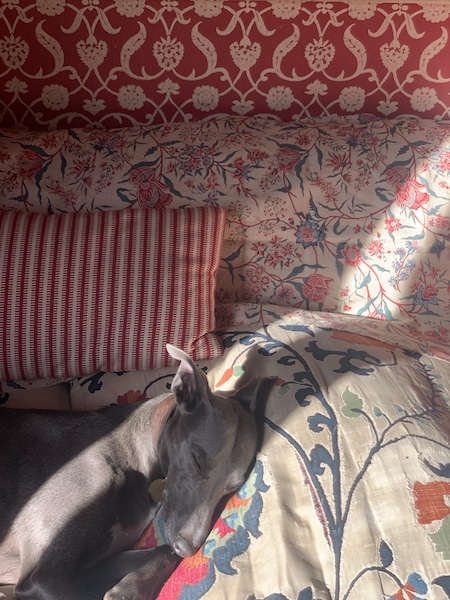
I have also spent hours over the last couple of years musing about which artist I would resurrect to paint Panther and in what pose. This has necessitated looking through countless books and postcards at all my favourite animal paintings.
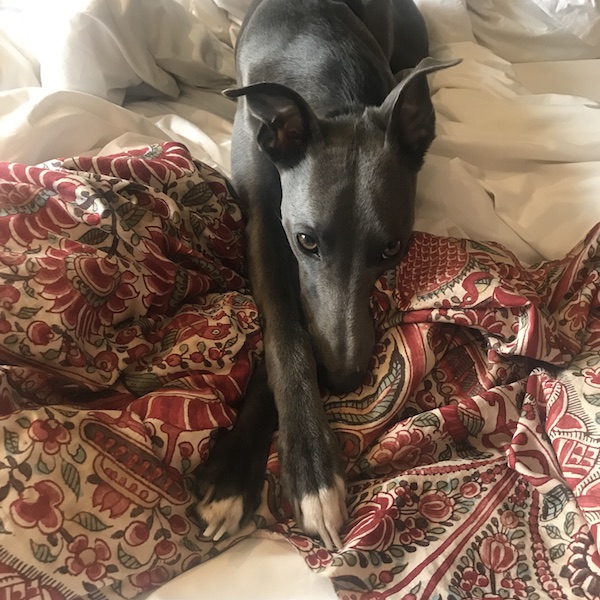
It’s a very long list with contenders including Pharaonic depictions of Anubis, drawings of Renaissance hounds, great hunting dogs painted by Oudry, Agasse and Stubbs, and of course the sublime images by Landseer, Lavery and Munnings. I can dream about Panther having posed for every one of these but in their absence I turn once more to my friend Charlotte with whom I am plotting an orientalist vision inspired by the artists I turn to again and again, Ingres and Gerome.
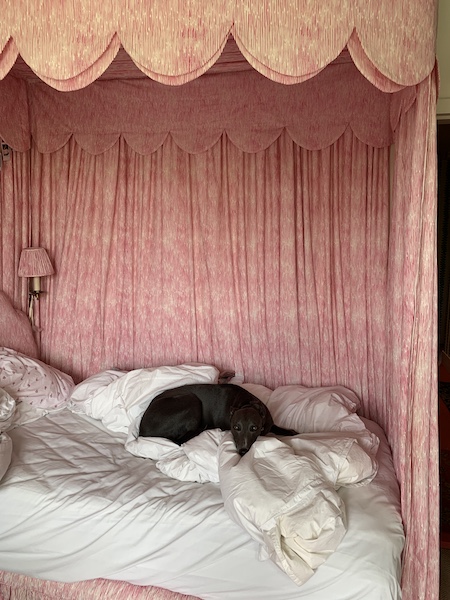
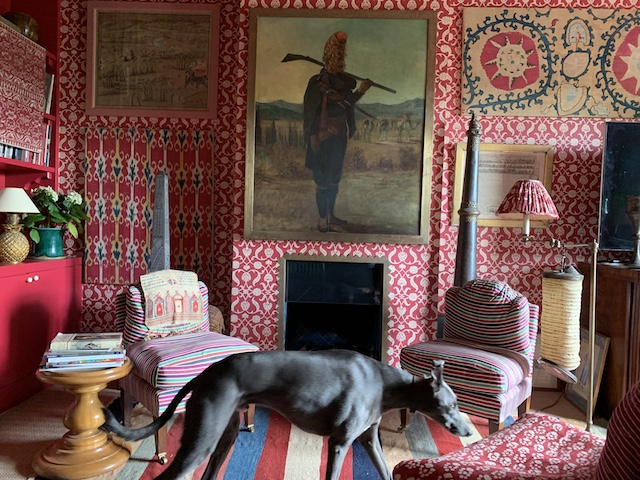
As I think about all the things I most treasure, something I do frequently at the moment, I realise more than ever that it is people that bind them all together, be they the craftsmen and artists who conceived and made them, the experts who have written or spoken about them or the people who have sold or given them. There is something strangely comforting in that.
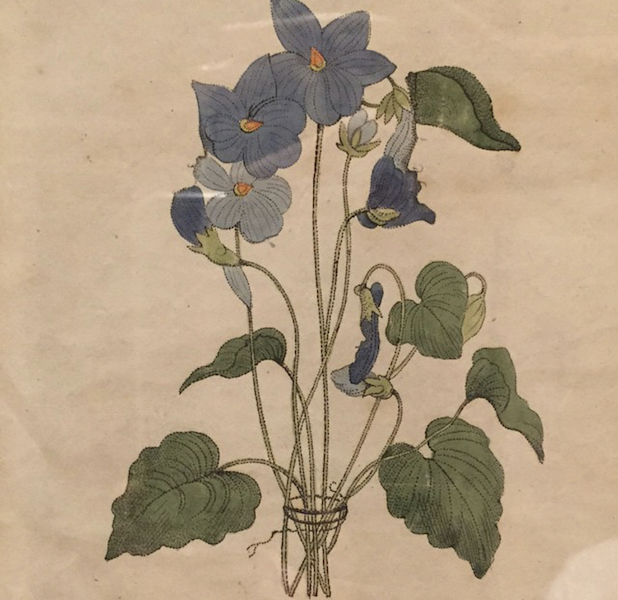
I will leave you with a challenge, to find the 3 profiles in a favourite engraving below done in 1815. On abdicating the throne Napoleon told his supporters he would return in the violet season, inspiring supporters of the exiled emperor to toast ‘Corporal Violet’. Copies of this engraving were secretly circulated throughout France containing the profiles of Napoleon, Marie Louise and their son Charles.

Very grateful thanks to Lulu Lytle, all photographs her copyright

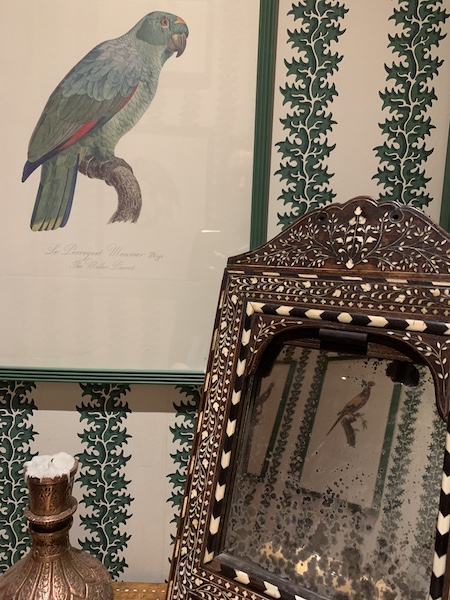
This reads like the perfect amalgam of viewing an auction, flicking through an old World of Interiors & visiting Snowshill Manor – wonderful escapism. Thank you borh
Couldn’t love this or Lulu more!! And one of the many reasons Soane is an irresistible and authentic shopping temptation.
Absolutely lovely, thankyou. This was one of my favourites in interiors, great to see it even closer up.
What a treat to be able to see more of this beautiful, lively home up close, and learn more about certain pieces. Thank you both!
Wonderful post. I can see Nap and ML but not Charles
I know that mandrill well! My partner Diana lived in the same house as Robert and his previous partner Chris in Hammersmith, and later on in Norfolk I used to help load the truck for Olympia and house-and-dog sit whilst he was away.
Many a time I woke up in the spare room with the mandrill giving me ‘the look’!
I can look at the beautiful interior of LULU over and over again…
Lovely to see this real Britsh interior